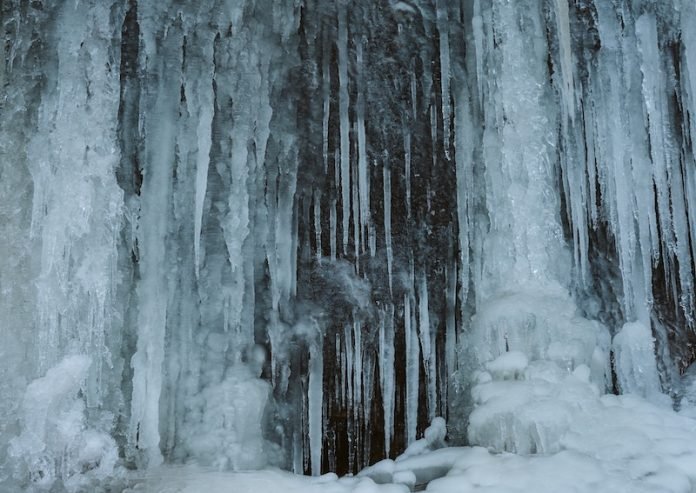
A new analysis of samples taken from beneath Greenland’s ice sheet has revealed that the Arctic island was considerably greener as recently as 416,000 years ago.
This finding contradicts previous beliefs that Greenland’s continental glacier, which covers about 80 percent of the 836,300 square mile area, has been present for the last two and a half million years.
“We’re discovering the ice sheet is much more sensitive to climate change than we previously thought,” says Utah State University geoscientist Tammy Rittenour. “This is a foreboding wake-up call.”
The research, carried out by Rittenour, along with colleagues from the University of Vermont and fourteen other institutions, is reported in the July 20, 2023, issue of the journal Science.
Melting Ice Sheet & Rising Sea Levels
The implication of a greener Greenland is that the island’s formidable-appearing ice sheet—nearly two miles thick in places—is not as stable as it seems.
Rittenour explains, “our investigation indicates it melted enough to allow the growth of moss, shrubs and buzzing insects during an interglacial period called Marine Isotope Stage 11, between 424,000 to 374,000 years ago.”
This melting led to at least a five feet rise in sea levels worldwide. Some model scenarios suggest sea levels could have been up to 20 feet higher than they are today.
The CO2 Alarm
The period of warming in the Marine Isotope Stage 11 was associated with moderately elevated levels of carbon dioxide (CO2) in the atmosphere. Today’s CO2 levels are 1.5 times higher, causing concern among scientists.
Even if human activities contributing to greenhouse gas emissions were to stop suddenly, “we’d still have inflated CO2 levels for hundreds, maybe even thousands, of years to come,” says Rittenour.
Given the current rate at which Greenland’s ice sheet is thawing, this is a worrying prospect.
The Camp Century Legacy
The analysis is part of ongoing research that started with samples collected from a Cold War-era military project.
As part of a top-secret effort by the U.S. Army in 1960 known as Project Iceworm, soil samples were collected from the bottom of a more than 4,000-foot-long ice core extracted from northwestern Greenland.
The samples were forgotten in a freezer for decades and only recently rediscovered.
“We have very few samples from below the Greenland ice sheet, because most drilling missions stop when they reach the base of the ice,” explains Rittenour. “These re-discovered Camp Century sediments represent a unique, unspoiled time capsule of past conditions.”
Using modern investigative technologies and luminescence dating, researchers have been able to discern what has happened in Greenland and other parts of the world over time.
“If we can lose the far northwest portion of the Greenland ice sheet under natural conditions, then we’re treading dangerous waters given current elevated greenhouse gas conditions,” warns Rittenour. The study was published in Science.



